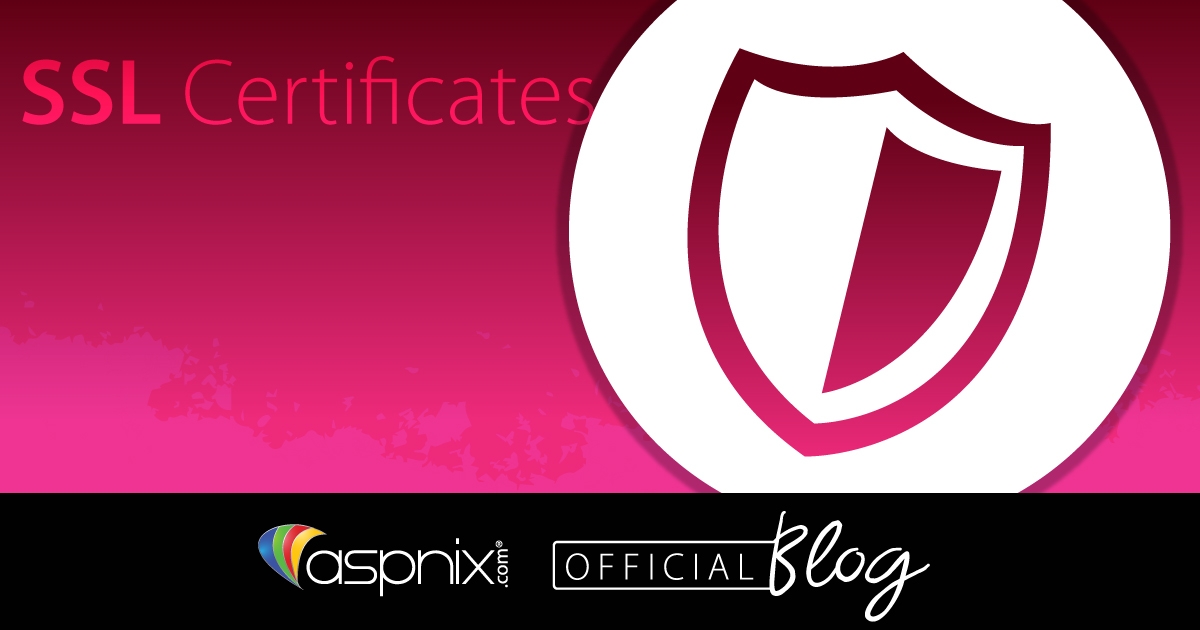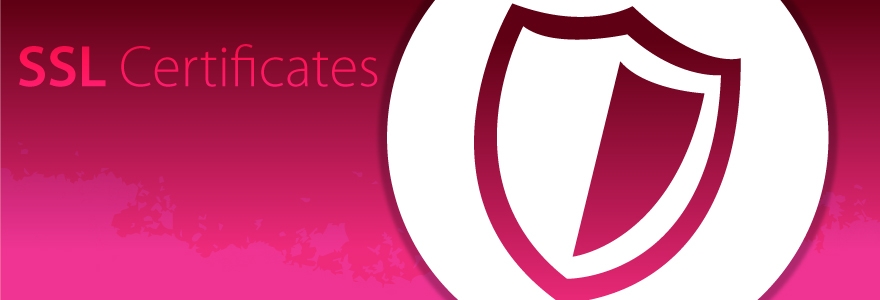Before we start, what is SSL?
SSL stands for “Secure Socket Layer”. This is a standard technology used to create an encrypted channel between a server and a browser. This is meant to allow sensitive information to pass securely between a user and a server without being at risk of data theft or “man in the middle” attacks.
How does an SSL Certificate work?
SSL Certification builds a secure connection that will ensure visitors are safe and secure, meanwhile browsers offer us visual cues like the lock icon or a green bar to let us know when we are safe.
These certificates use a pair of keys; a private and a public key. These keys work together in a way that enables an encrypted connection. The SSL Certificate also contains the identity of the owner of the website.
How is an SSL Certificate made?
To get an SSL Certificate you can make a CSR or “Certificate Signing Request. This will provide a private and public key on your own server. The data file from your CSR is then sent to a SSL Certificate issuer otherwise known as a CA. In this case CA stands for “Certificate Authority”.
What follows next is that the CA makes a data structure meant to match up with your private key. This is done without the CA ever even seeing your private key.
Next, after you have an SSL Certificate you will need to install it onto your server. Different instructions are necessary depending on your server.
In the end it is of the utmost importance that an SSL certificate is trusted and signed by a CA. Browsers will not trust a SSL Certificate that isn’t trusted by a CA. This means that in order to be a fully trusted SSL Certificate the site must undergo an audit to be further held up against standards that the browsers and Certificate Authority both agree are necessary.
Did you know that ASPnix provides multiple SSL vendors as well as multiple certificate types to its customers? Check out their SSL Certification services.










